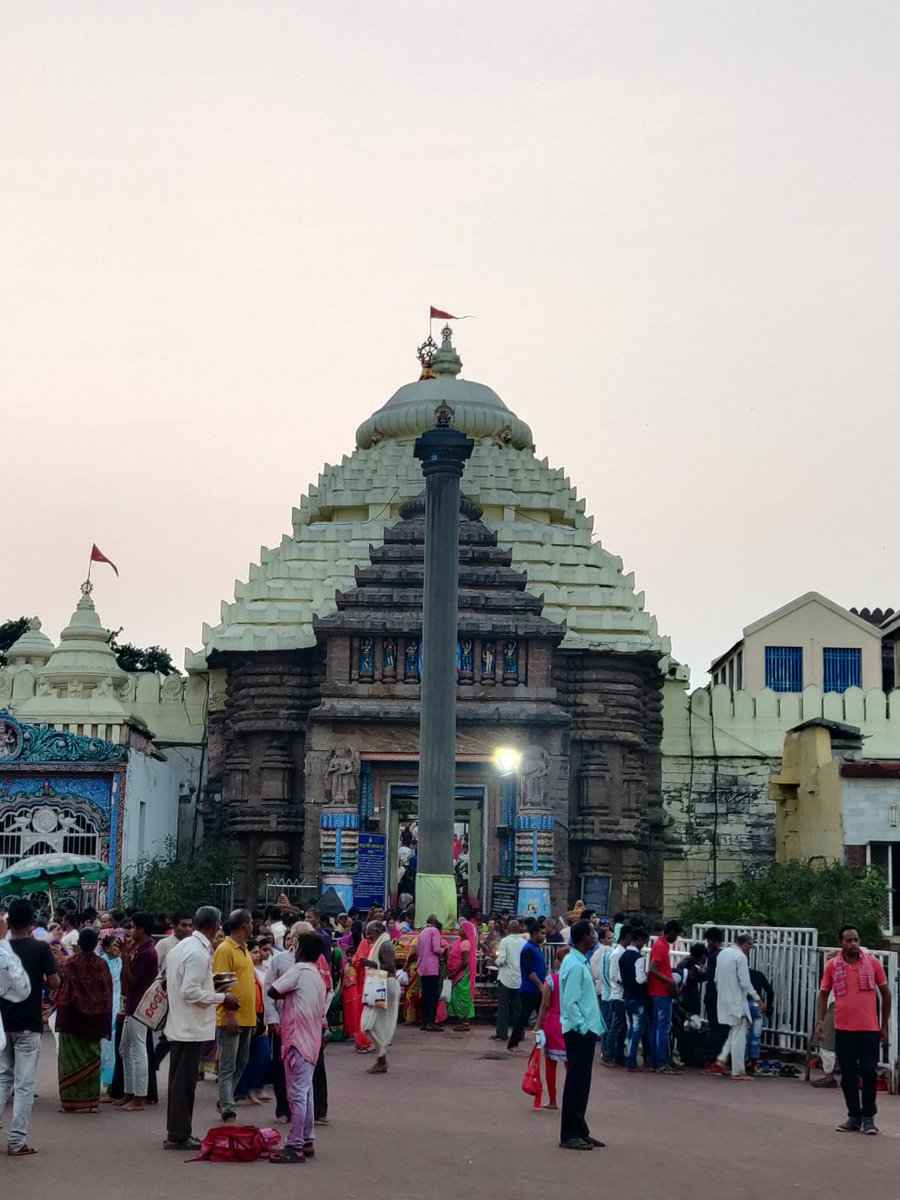If you want to understand how a functioning temple helps the economy - visit Puri for two days.
Then proceed to the ruins at Konark.
The difference is stark.
Then proceed to the ruins at Konark.
The difference is stark.
From 500 metres off the Jagannath Puri temple, you can see dozens of shops selling prasad, offerings, photos of deities etc etc.
Many more are associated with running the temple.
In fact life of the whole town hinges on worship of Jagannath.
Many more are associated with running the temple.
In fact life of the whole town hinges on worship of Jagannath.
The Yatra has been a major revenue earner, through the centuries. Even today.
Then you can proceed to Konark. Beautiful place, lots of photo opportunities, but little more than a village.
The buzz of the living temple is missing.
The buzz of the living temple is missing.
Since it is little more than a tourist spot, the number of people drawing employment from the place is rather low.
At most few souvenir shops and restaurants.
At most few souvenir shops and restaurants.
One temple requires following occupations -
1. Pujaris
2. Flower seller
3. With 2 horticulturist
4. Cooks for prasad
5. Coconut seller
6. Other puja paraphernelia
7. People to keep the place clean
8. Tourism department
9. Drivers, buses, taxis
10. Eateries near the temple
1. Pujaris
2. Flower seller
3. With 2 horticulturist
4. Cooks for prasad
5. Coconut seller
6. Other puja paraphernelia
7. People to keep the place clean
8. Tourism department
9. Drivers, buses, taxis
10. Eateries near the temple
11. In a new temple - architects, engineers, electricians, sculptors etc etc
It also lays bare the claims that invaders came for money, they were not iconoclastic.
They very well were. For the maximum revenue was generated with a standing temple and a living idol.
They very well were. For the maximum revenue was generated with a standing temple and a living idol.
Temple town literally meant town surviving on the temple.
Devi Ahilyabai Holkar work should also be seen in this light.
Devi Ahilyabai Holkar work should also be seen in this light.

 Read on Twitter
Read on Twitter


